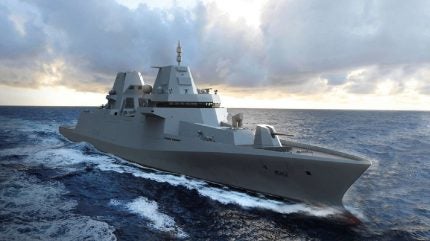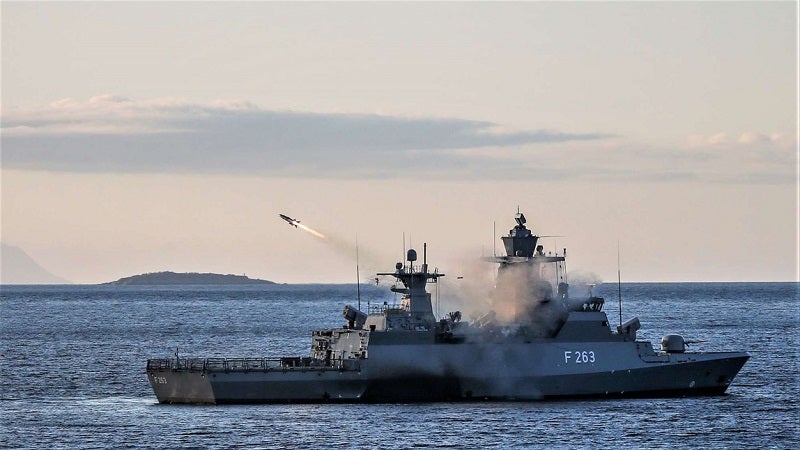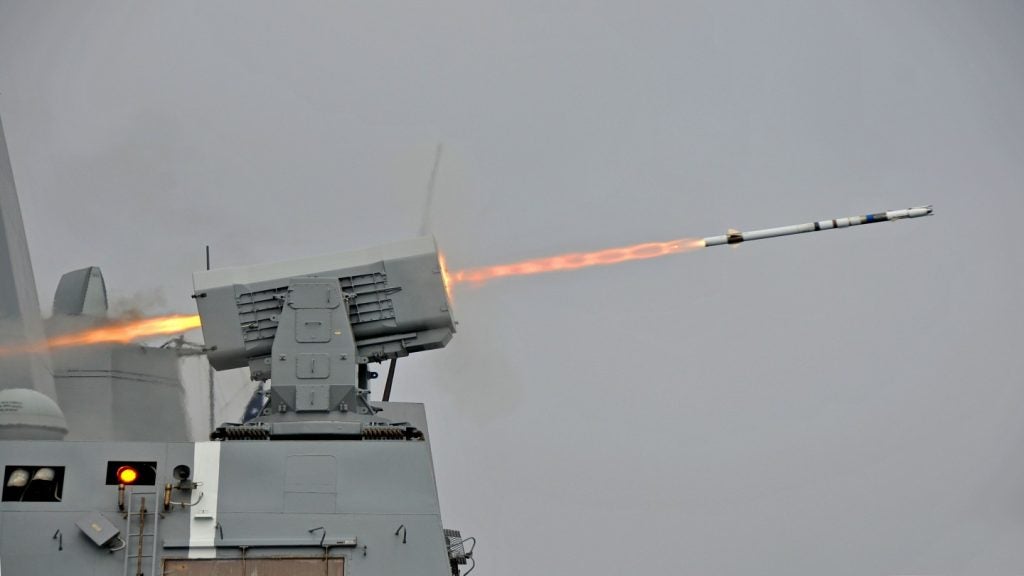
The German Parliament Budget Committee has re-evaluated its future frigate contract with Damen Schelde Shipbuilding.
Government and contractor now stipulate an additional €323m ($345m) to make up for a spike in inflation while also calling for two more F126 vessels “in principle”, worth an additional $3.39bn.
Originially ordered four years ago, and due to be delivered between 2027-31, the German Ministry of Defence requested four multi-purpose MKS 180 vessels – designated the F126 – to replace the Navy’s ageing Brandenburg-class frigates in service since the mid-1990s.
“With a total of six frigates of this type, we will not only be operational, but also sustainable,” said Defence Minister Boris Pistorius at the keel-laying of the first F126 on 3 June 2024, in Wolgast.
The fifth and sixth warships are scheduled to be delivered in 2033 and 2034 respectively.
German Navy activities
The call to expand the contract demonstrates Germany’s commitment to Nato and the changing reality of security crises on the world stage.
How well do you really know your competitors?
Access the most comprehensive Company Profiles on the market, powered by GlobalData. Save hours of research. Gain competitive edge.

Thank you!
Your download email will arrive shortly
Not ready to buy yet? Download a free sample
We are confident about the unique quality of our Company Profiles. However, we want you to make the most beneficial decision for your business, so we offer a free sample that you can download by submitting the below form
By GlobalDataRecently, the German government committed to expand its efforts in the UN Interim Force in Lebanon – the nation has been involved since 2006 – to prevent arms smuggling by sea off the coast of Lebanon and to monitor the sea routes.
This is a crucial task given Iran’s military support the Yemeni Houthis holding global trade to ransom for reasons related to the Israel-Hamas war.

Elsewhere, Pistorius also noted that the new class of ship “is essential for our credible deterrence, especially when it comes to protecting our northern flank,” referring to the Baltic Sea.
The Navy recognised that certain geographic conditions of the Baltic Sea make it necessary to secure positions lying within an adversary’s range. In addition the accession of Finland and Sweden to the military alliance has further extended Nato territory in the north-eastern region.
F126 features and resources
With a length of 166 metres and a displacement of around 10,000 tonnes, these vessels are set to become the largest combat ships within the German Armed Forces.
With crews of up to 198 personnel, the frigates are engineered to facilitate three-dimensional naval warfare, enabling them to engage targets across air, water, and underwater domains.
The keel of the ‘Niedersachsen,’ a flagship of the F126 class, was laid – the latest stage of the construction of the class.
Thales, the German Navy, and the Federal Office of Bundeswehr Equipment, Information Technology and In-Service Support also joined hands to unveil the “extended F126 testing centre” on 23 April 2024. The facility is located in Hengelo, Netherlands.
Furthermore, the class will be linked to a wider military network through Thales’ SurfSAT-L system, providing satellite communications. Previous versions of this were utilised by the French Navy and operators in the Middle East.







